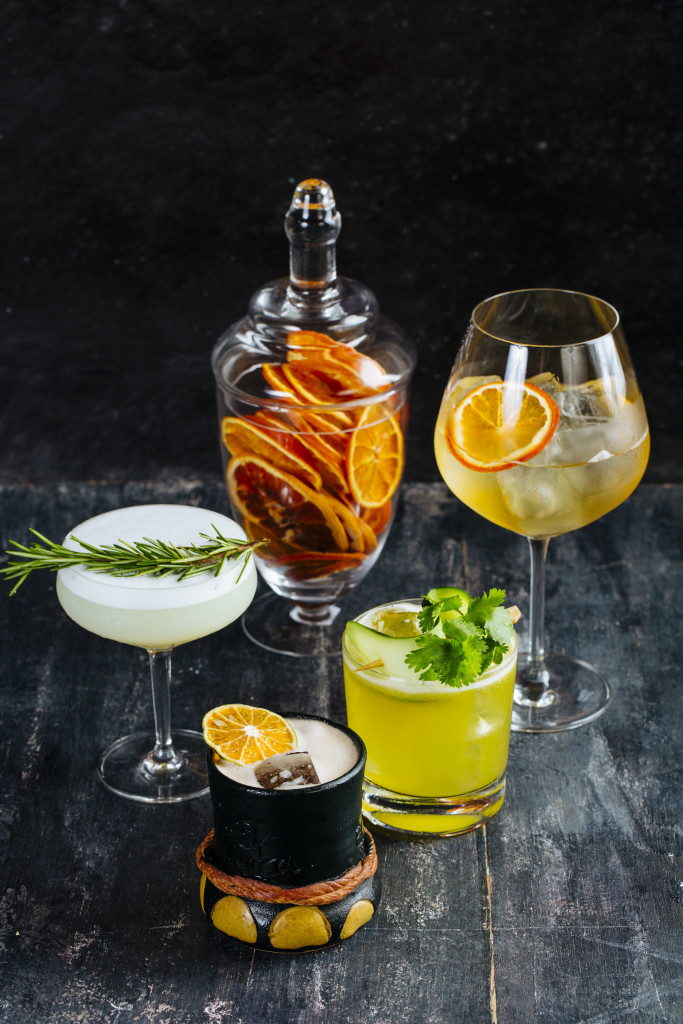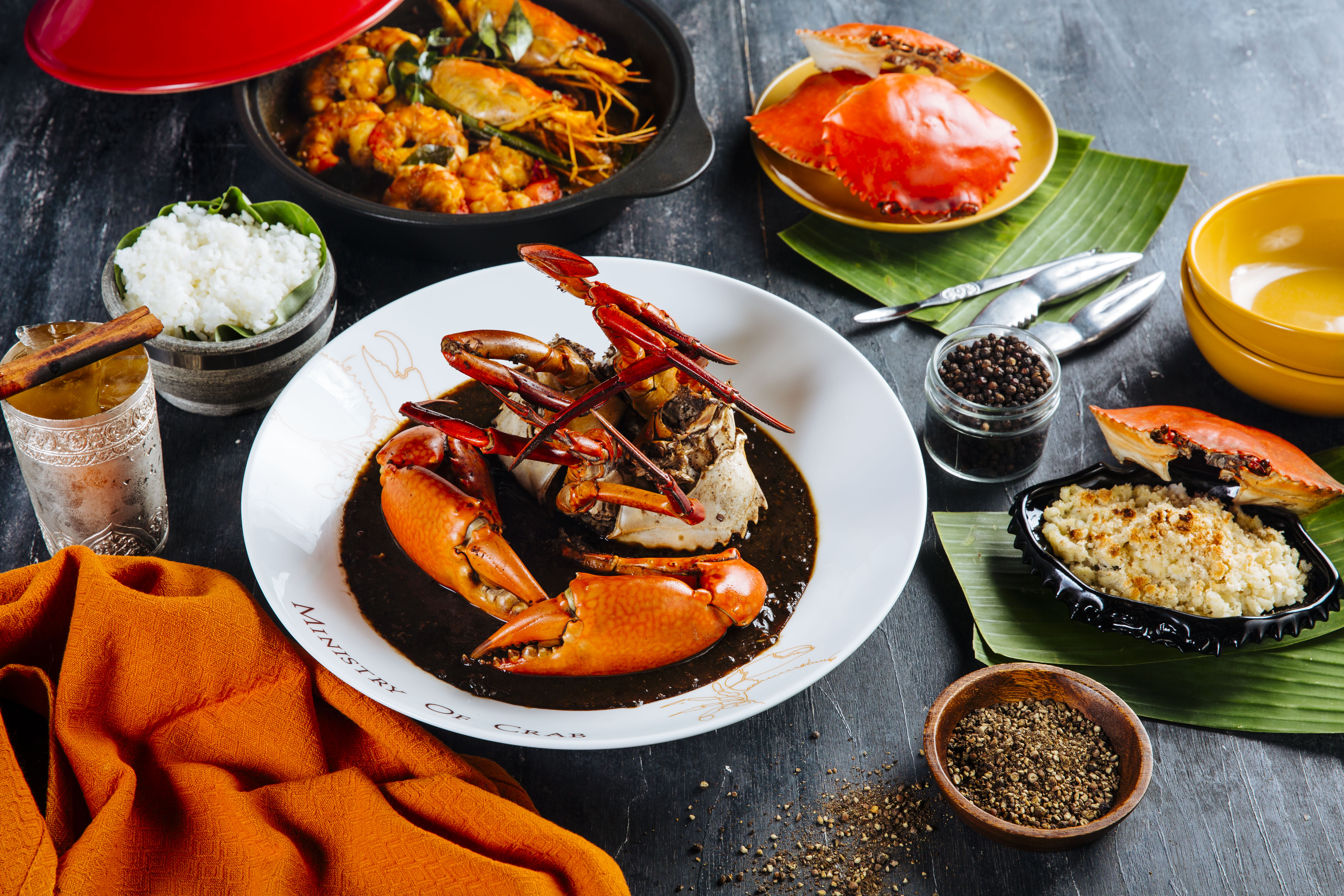Shangri-La at the Fort opens Ministry of Crab, a new seafood restaurant that celebrates the goodness of crabs and Sri Lanka’s love for delicious food.
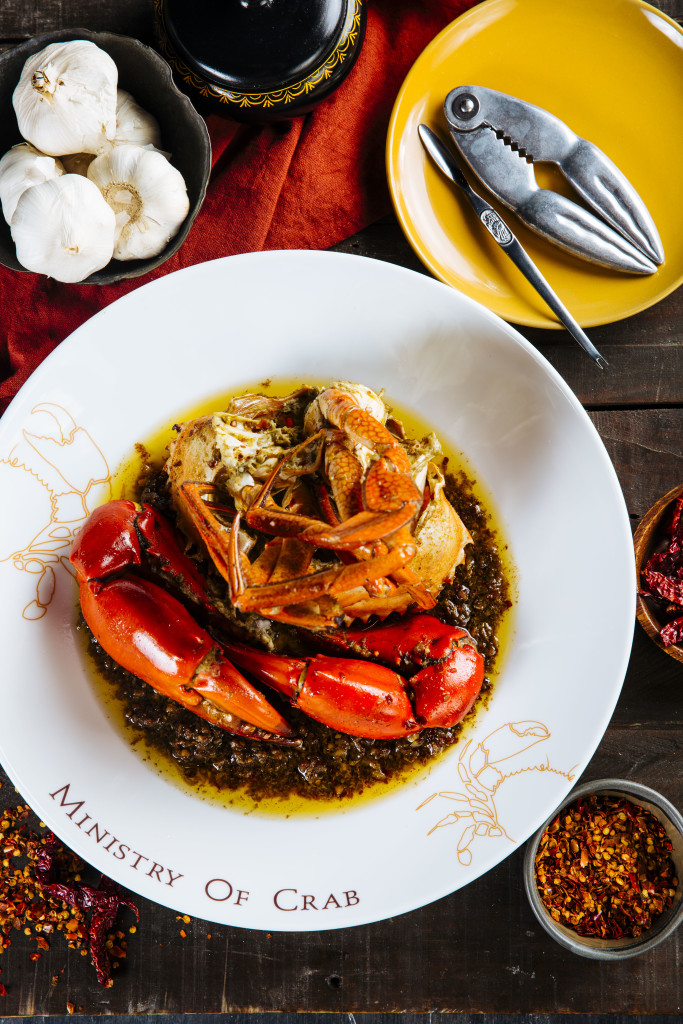
By Alex Y. Vergara
A new ministry recently opened in Bonifacio Global City, and it’s not the ministry of magic. In fact, it’s even better, as Shangri-La at the Fort brings to you a different kind of magic—the magic of fresh, locally sourced crabs through its latest dining destination dubbed as the Ministry of Crab.
The name and seafood concept are from Sri Lanka, where the restaurant, established by culinary figure Dharshan Munidasa and two of the South Asian country’s famous cricket players Mahela Jayawardene and Kumar Sangakkara in 2011, originated. It opened a second branch sometime last year in Shanghai before opening its third restaurant this week in Manila.
Before the year is over, people behind Ministry of Crab, which landed 25th among Asia’s 50 Best Restaurants in 2018, will be opening branches in Bangkok and Mumbai. No matter where they dine, guests can look forward to a number of favorites like the Pepper Crab and Chili Crab as well as various seafood dishes such as clams and fresh water prawns laced with spicy garlic chili.
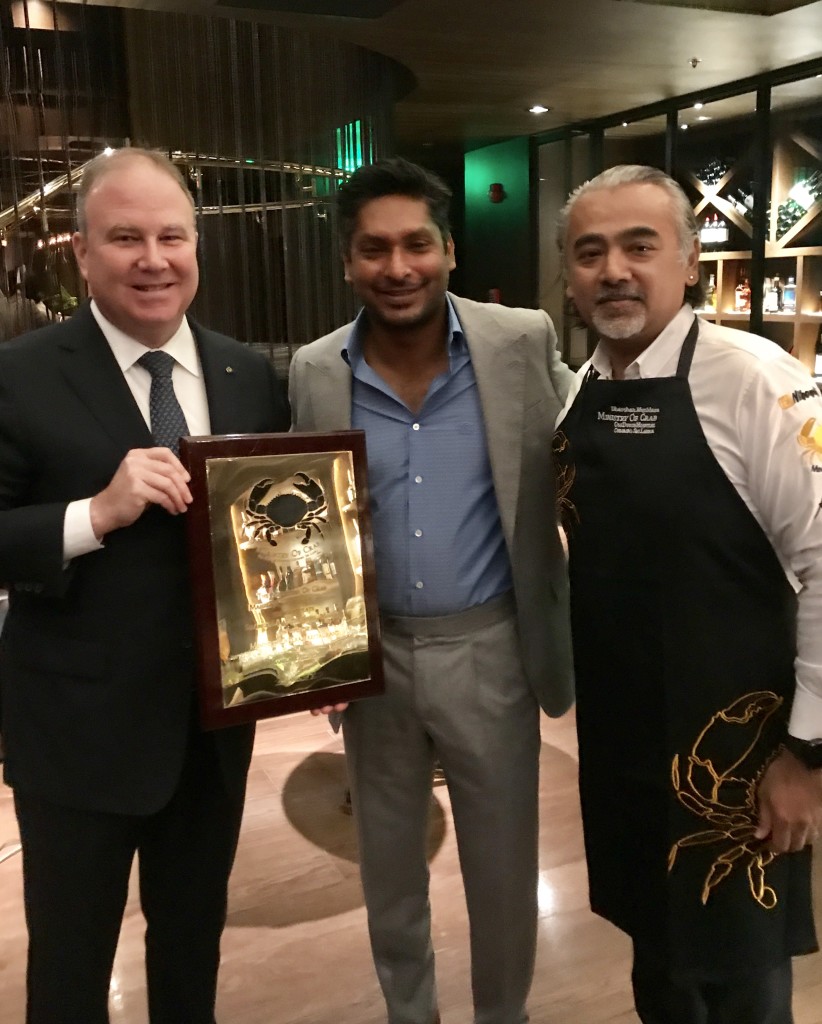
The restaurant may have originated in Sri Lanka but, as Dharshan attested, there’s nothing traditionally Sri Lankan about Ministry of Crab’s dishes “except for Sri Lankans’ love for crabs.” Instead, they’re cooked or baked, fusion style using the finest and freshest ingredients, especially the crabs.
In fact, several chefs from Shangri-La at the Fort’s kitchen flew to Sri Lanka sometime last year to train firsthand with their Sri Lankan counterparts. Apart from learning how to cook crabs the Sri Lankan way, this enabled Ministry of Crab’s Manila restaurant to add a dash of local color to the menu by coming up with dishes exclusive to the Philippines such as crab sisig and lumpiang ubod with crab. Adding to the symphony of tastes are certain crab dishes flavored with coconut milk and pinakurat or spiced natural coconut vinegar.
“For the longest time, Sri Lankan crabs, which thrive in the country’s marshlands and deltas where fresh and salt water meet, were exported to Singapore,” said Shalini Canagasabey, group PR manager of Colombo-based Ministry of Crab.
As is typical in most developing countries, the biggest and the best live crabs in Sri Lanka were exported abroad. Thanks to this setup, places where there aren’t a lot of crabs like Singapore has become famous for its chili crabs. It later dawned on Dharshan and his collaborators that this shouldn’t be the case.
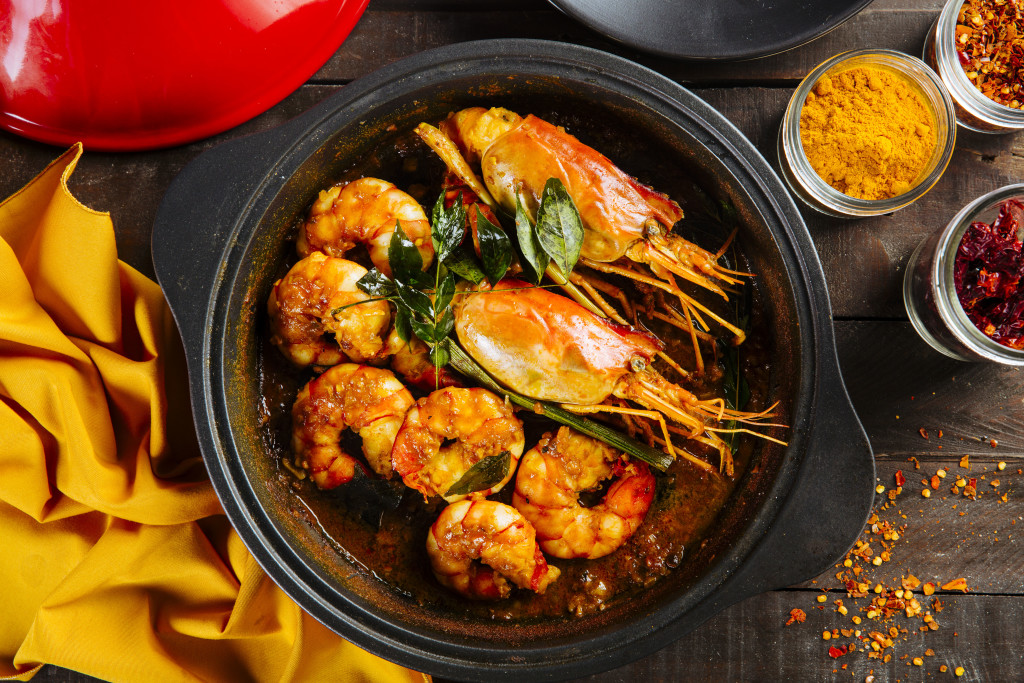
One thing led to another, until it culminated in the establishment of Ministry of Crab in 2011 to allow their fellow Sri Lankans a chance to feast on the best crabs their country has to offer. And they couldn’t have picked a better location by housing their restaurant in a heritage building, which used to be an old Dutch hospital in Colombo.
“Since Sri Lanka is not a very big country, there’s only one Ministry of Crab there,” said Darshan. But, thanks to its partnerships with various groups. “we’re bringing its goodness to the rest of the world.” The group is also looking at expanding beyond Asia in the future by opening restaurants in the Middle East and Europe.
The same feel found at its Sri Lanka address is replicated at Ministry of Crab in Manila, as Shangri-La at the Fort went through great lengths to build a restaurant with dark wooden interiors set against a British colonial architectural backdrop inspired by the Colombo flagship.
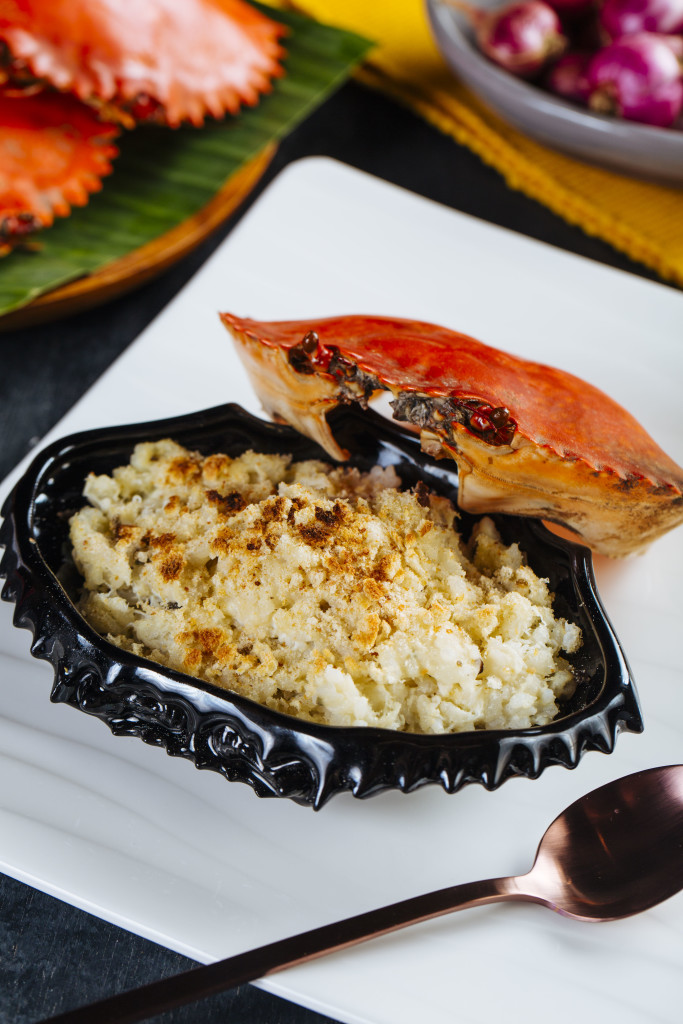
“The crabs that we’re using in Manila are all sourced from the Philippines because they’re the same variety we have in Sri Lanka,” Shalini informs.
It was also a practical decision on their part to go local. For one, it would be too expensive and cumbersome to fly in live crabs from Sri Lanka to Manila. Using frozen ones would have been out of the question because dead crabs are known to emit ammonia, making them unsuitable for the dining table.
But what Dharshan and company can assure diners is an authentic and hearty dining experience—from the crabs and other seafood dishes to the Sri Lankan “street bread” and cocktails such as Ceylon Spritz and Spirit of the Sea, just two of several spirits inspired by the island nation.
